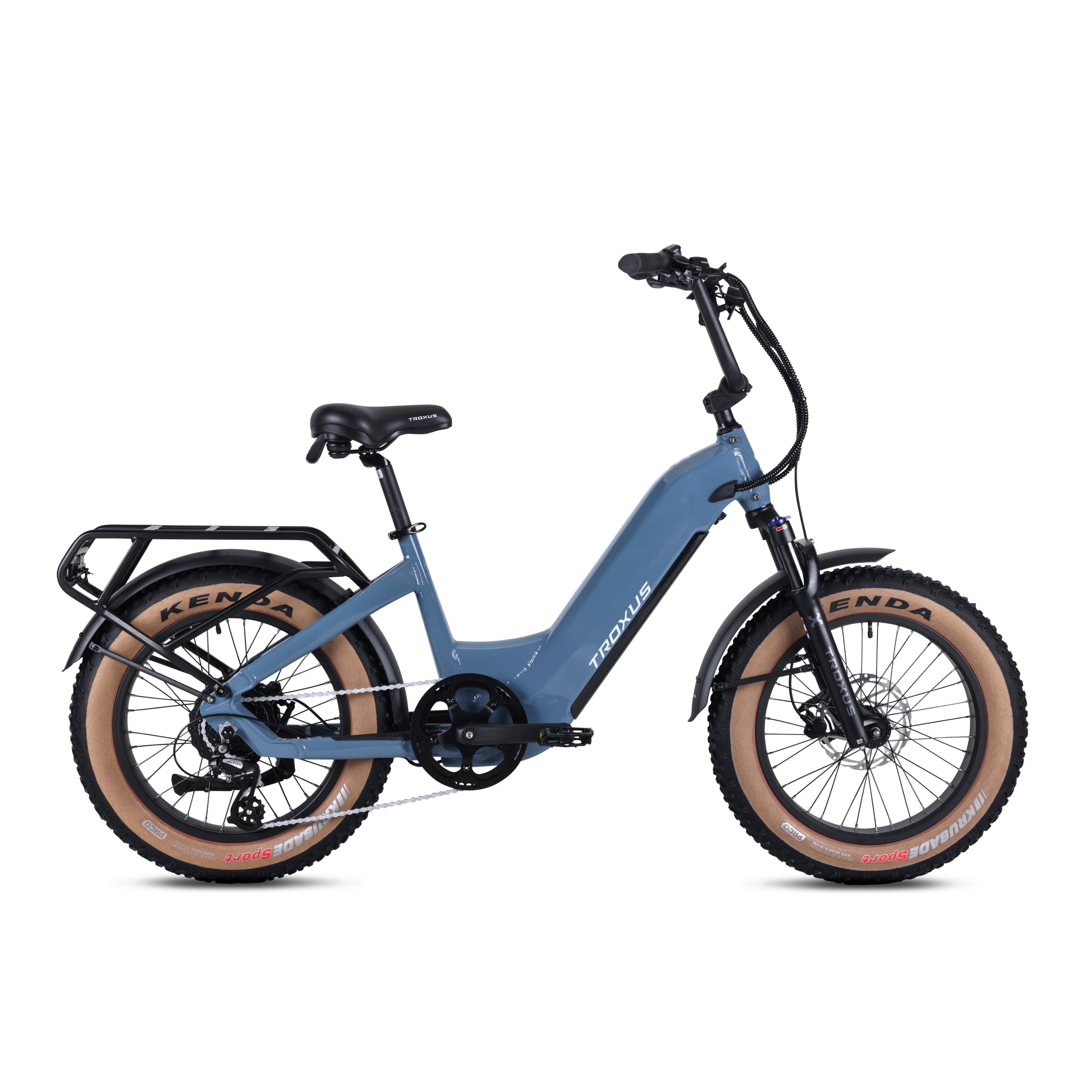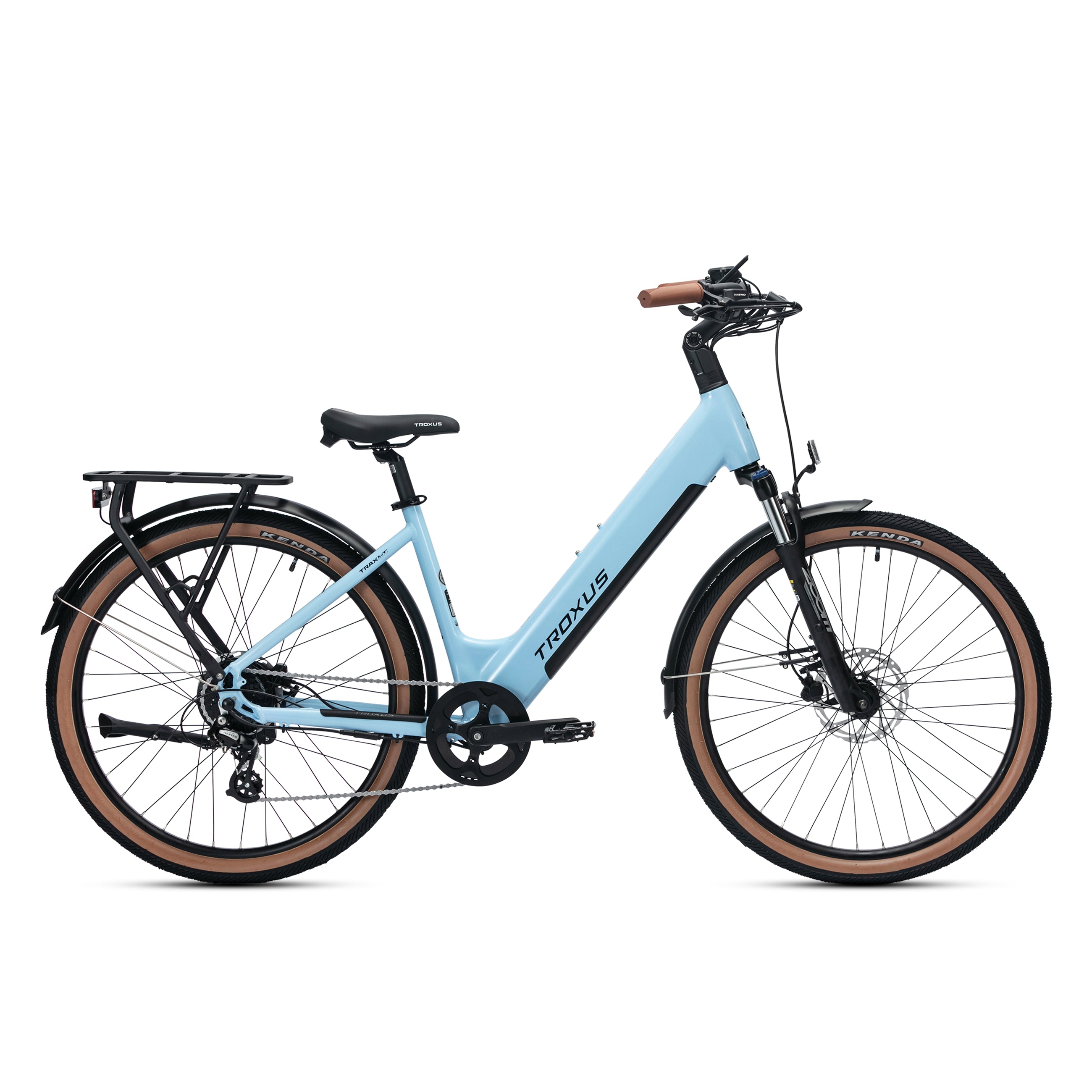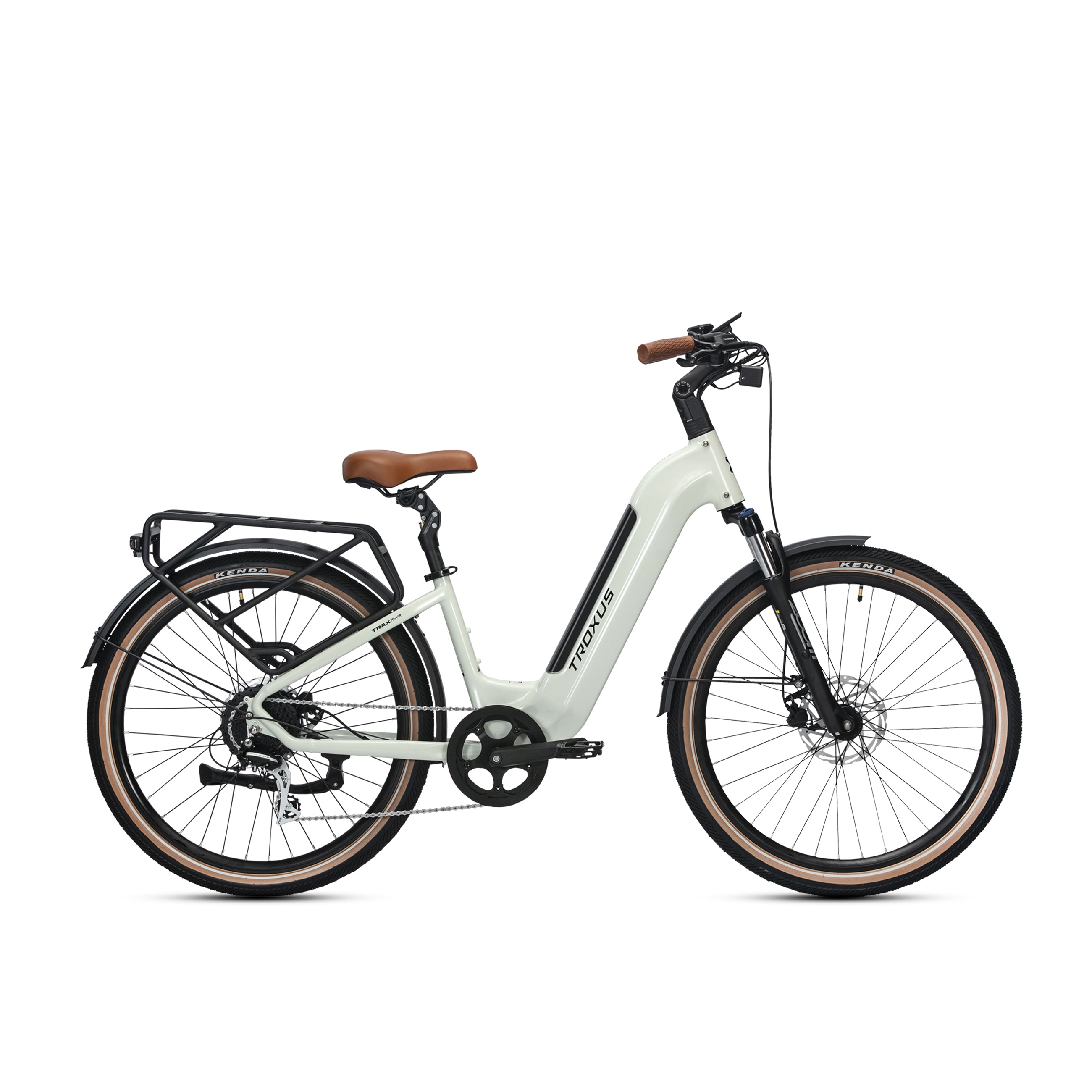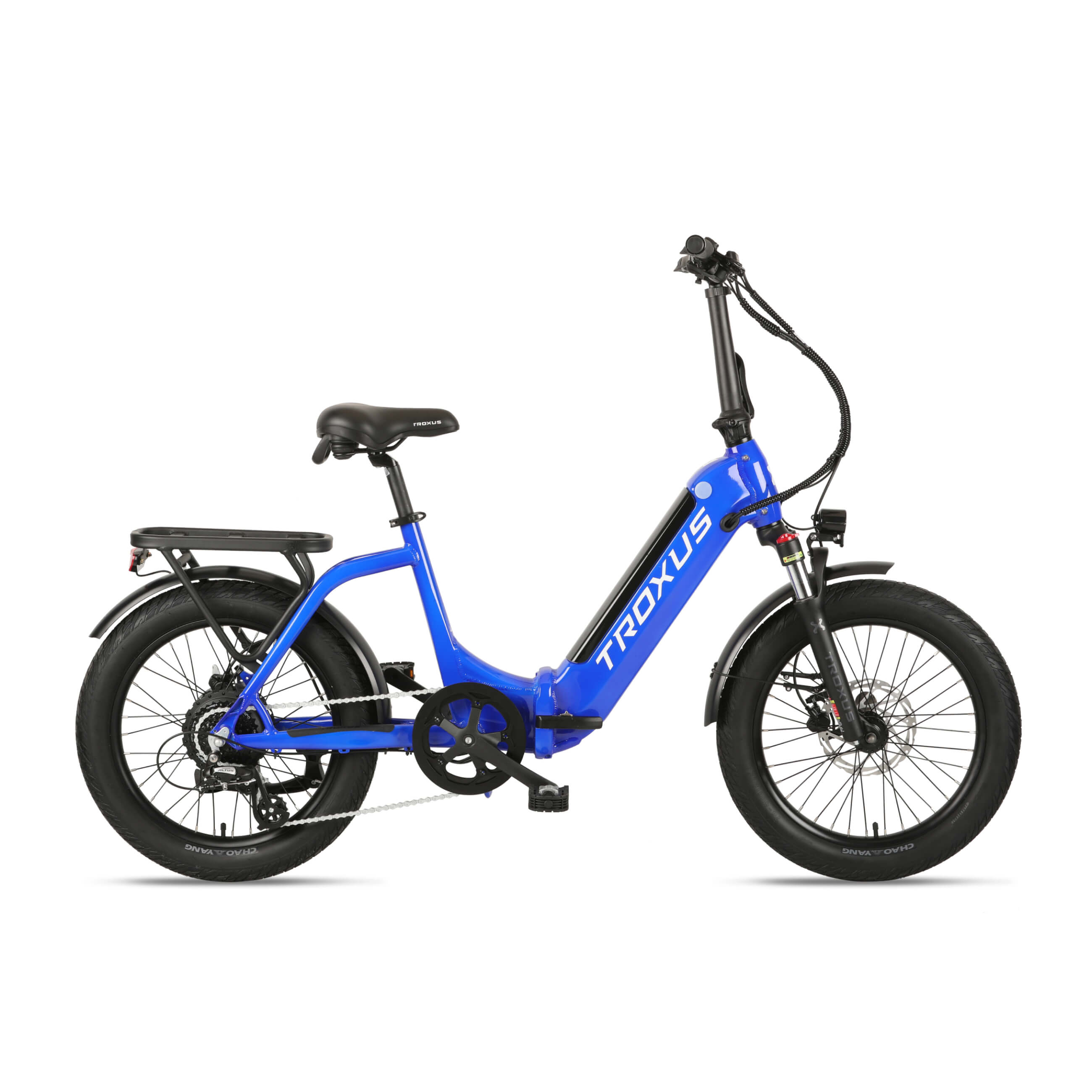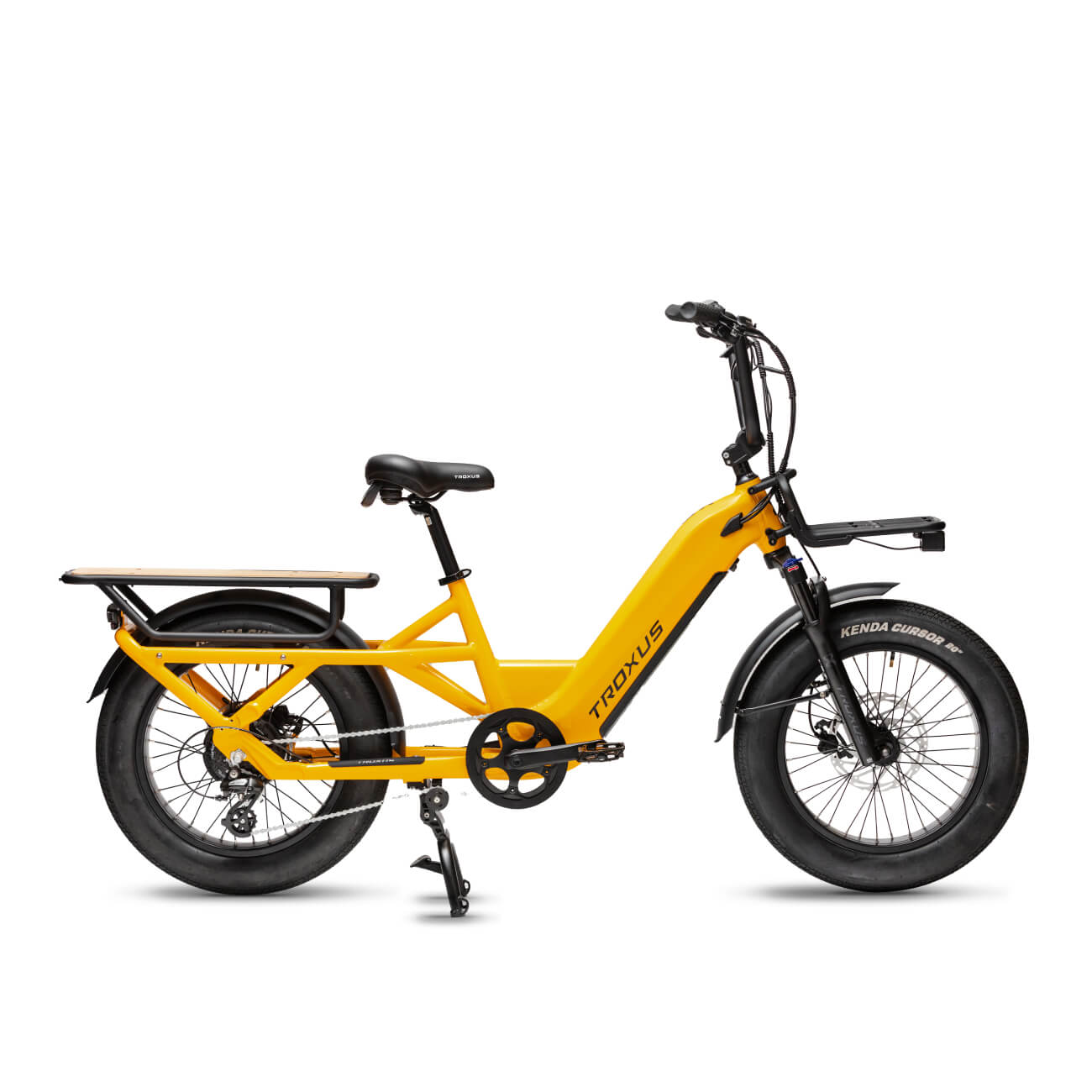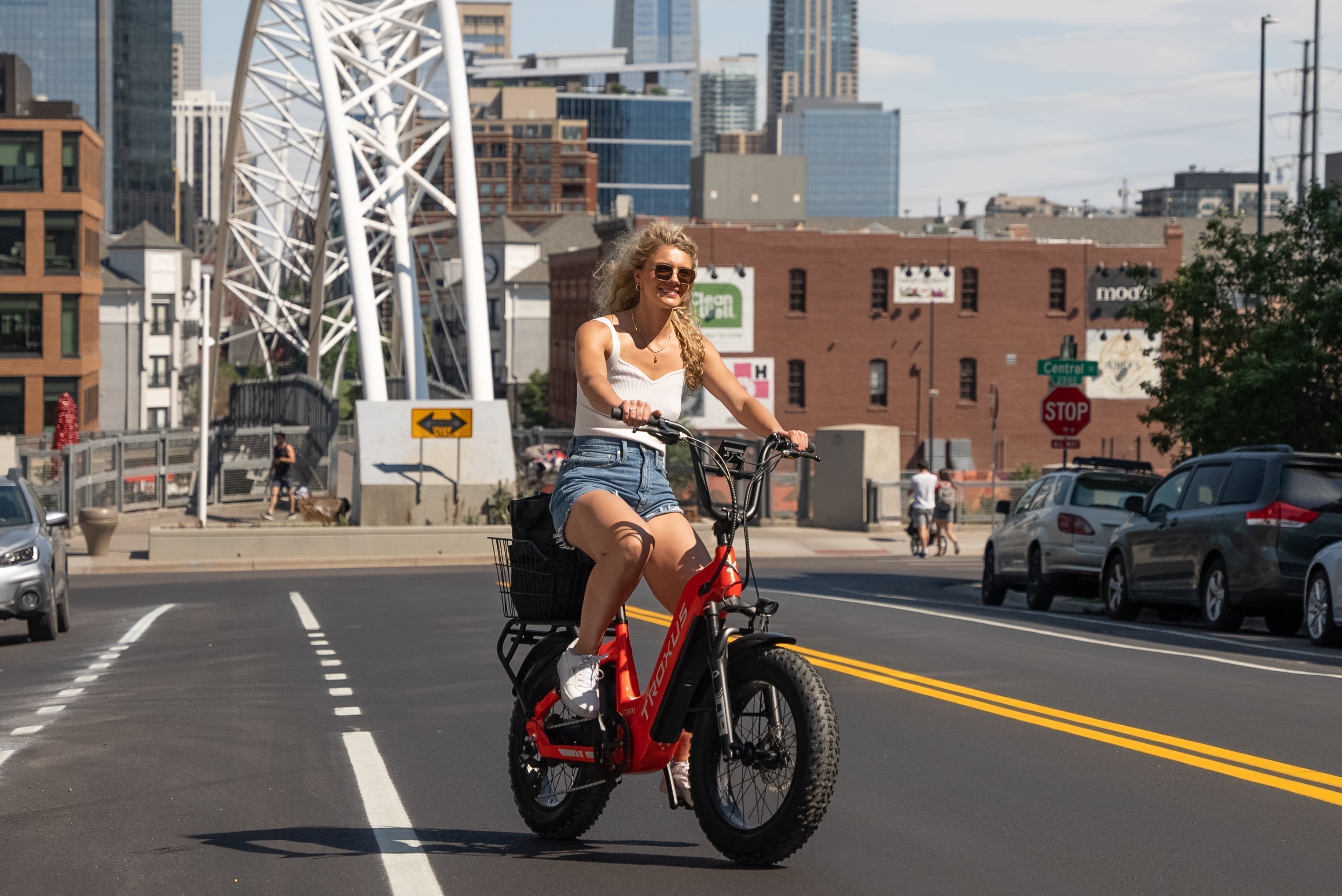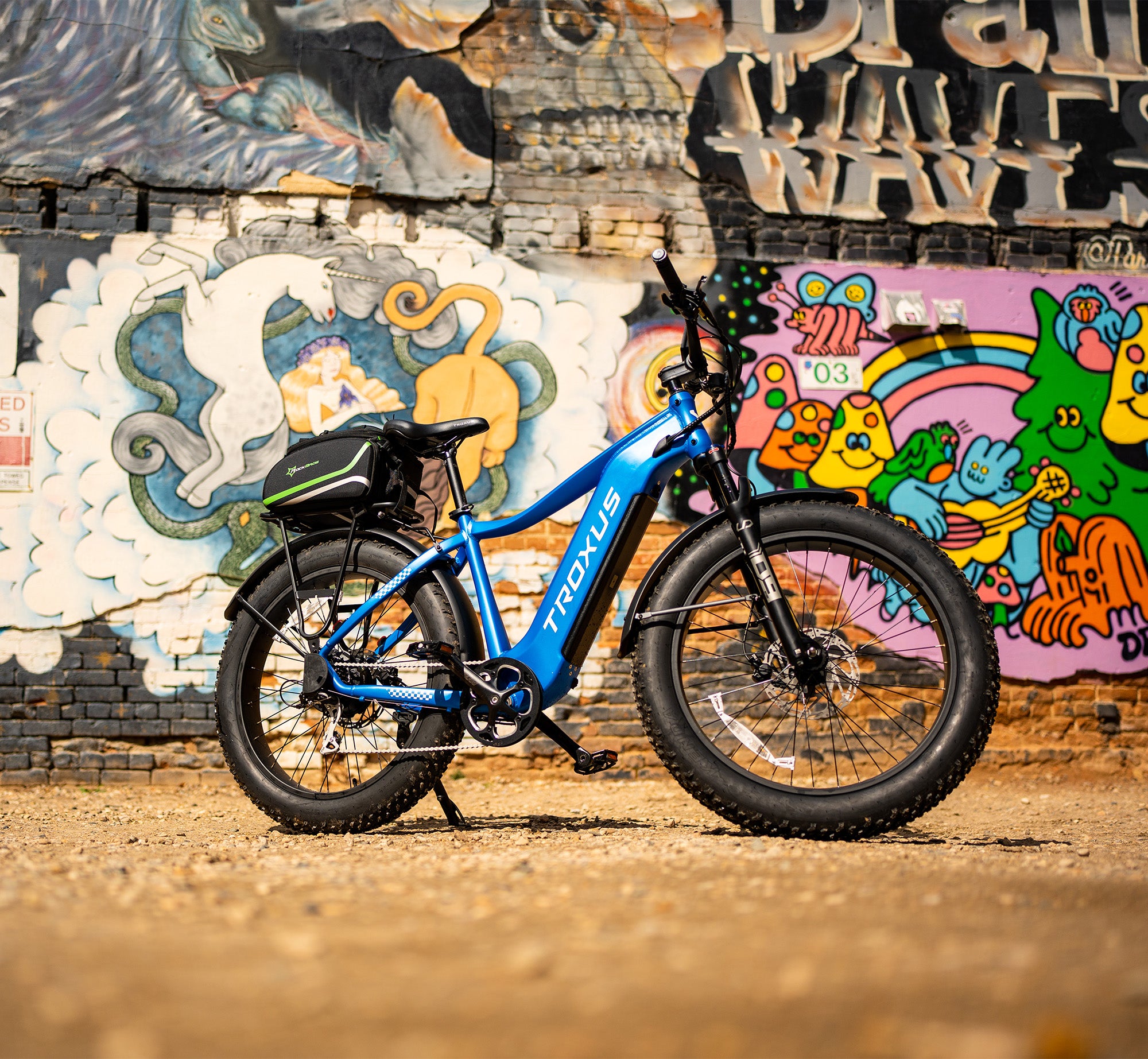For most of us, when we were learning to ride a bike, the beginning stage of getting started could be the toughest part of the learning process. But with an e-bike, the motor on an electric bike can provide a boost to sustain you for as long as you continue to pedal, much like the gentle push we might have received when first learning to ride a bike.
Why Consider an E-bike?
One of the main advantages of e-bikes is that they are accessible to people of all ages and fitness levels. With the help of the electric motor, riders can travel longer distances and tackle challenging terrain without the physical exertion required on a traditional bicycle. It makes e-bikes an excellent option for older adults or those with physical limitations who still want to enjoy the benefits of cycling.
E-bike Making Biking More Approachable
E-bikes have revolutionized the cycling industry by making biking more approachable and accessible to a broader audience. With the help of an electric motor, e-bikes provide an extra boost of power that makes cycling more accessible and less intimidating, particularly for those who may be new to cycling or have physical limitations.
One of the main advantages of e-bikes is that they can help riders overcome physical challenges that might prevent them from using a traditional bike. The electric assist makes it possible to tackle hills, headwinds, and long distances with less effort, which can be particularly beneficial for older adults or those with health conditions.
E-bikes also remove some barriers that can make cycling less approachable for certain groups of people. For example, commuting by bike can be challenging for those who don't want to arrive at work sweaty or tired. With an e-bike, riders can arrive at their destination feeling fresh and ready to tackle the day. Similarly, e-bikes can make cycling more appealing to those needing more physical fitness or endurance to cycle long distances on a traditional bike.

Reasons to Get an E-bike :
No more limits:
With an e-bike, you can easily tackle hilly routes and longer distances. Upon arriving at your destination, you'll feel rejuvenated and prepared to take on whatever lies ahead.
It's just fun:
New e-bike riders rave about the sheer joy of riding. It's a thrilling and exciting way to get around.
Keep up with friends:
If you have friends or family members who are avid cyclists, an e-bike can help you keep up with them.
Eco-friendly commuting:
An e-bike is a great option for commuting because it allows you to reduce your carbon footprint while also getting some exercise.
Convenient errands:
Need to run some errands around town? An e-bike is the perfect alternative to driving and fighting for parking.
It's important to note that e-bikes make things challenging - riders still get a great workout. Most e-bike riders are going farther, pedaling with a faster cadence, and climbing steeper hills than ever before. However, there are a few cons to remember, such as the higher cost of e-bikes compared to traditional bikes and the added weight that can make transporting them a bit more challenging. Nonetheless, these downsides are often outweighed by the benefits of e-bikes, making them an excellent choice for a wide range of riders.
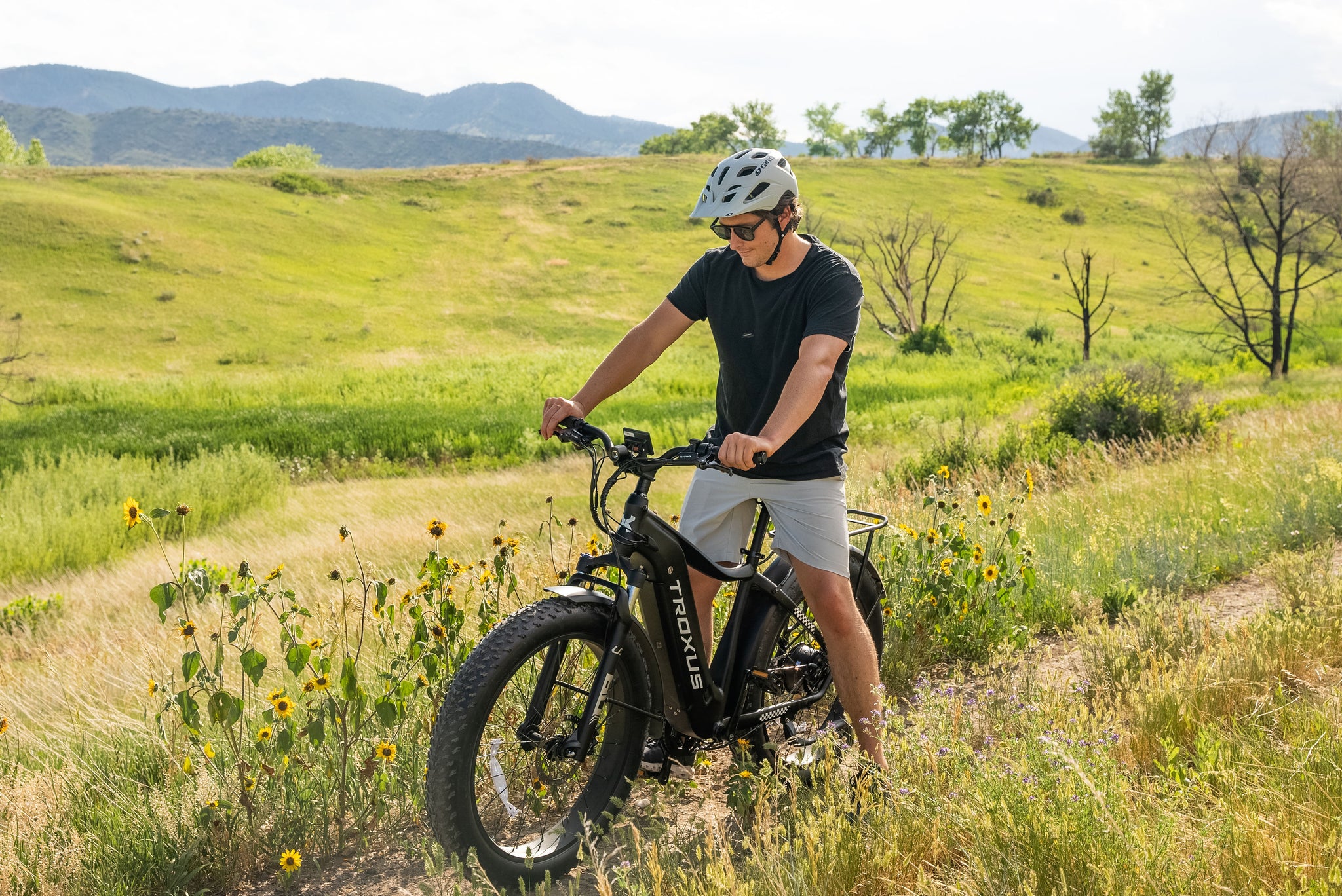
How to Ride
When riding an e-bike, remember that although it may differ from riding a regular bike, most beginners tend to catch on quickly. Generally, it takes just one test ride for the body's muscle memory to adjust to the sensation of a pedal-assist machine.
Therefore, keep these tips in mind as you begin riding your e-bike. For more information, read the blog Essential Tips for First-Time E-Bike Riders.
- Brake Earlier
Firstly, because e-bikes are typically heavier and faster than regular bikes, it's essential to brake earlier to allow for added weight and speed. While pedal-assist power can help with the sluggishness of a heavier bike, a fast-moving weighty mass requires an attentive brake hand. Use the robust brake system with e-bikes, but always be on top of your riding game.
- Use Lower Gears
E-bikes are generally more efficient when pedaled at a faster cadence than a regular bike, particularly when going uphill. So, get used to using lower gears and pedal at a quicker tempo for a smoother ride and better battery life. When using the motor, opt for low-assist modes as much as possible.

Three Groups of an E-bike
Class 1 e-bikes provide motor assistance only when you’re pedaling, and the assistance stops when you reach 20 mph. They are widely accepted and, therefore, the most popular choice. However, some bike paths do not allow class 1 bikes, particularly those with a speed limit of 15 mph, and some mountain bike trail systems prohibit all types of e-bikes, though class 1 e-bikes are gradually gaining access.
Class 2 e-bikes have a pedal-assist mode that allows them to reach 20 mph and a throttle-powered mode that doesn’t require pedaling. They are generally allowed in places where non-electric bikes are permitted unless expressly forbidden. Some cities may ban throttle-powered e-bikes, and any mountain bike trail that prohibits motor-powered vehicles also prohibits class 2 e-bikes.
Class 3 e-bikes operate like class 1 e-bikes in that they provide pedal-assisted motor assistance, but the assistance continues until you reach 28 mph. They are mainly permitted on city streets and can be advantageous for commuting or running errands where keeping up with traffic is necessary.
The International Mountain Bike Association provides an easy-to-understand picture that differentiates e-bike categories.

What Is the Duration of E-bike Batteries
E-bike batteries have come a long way in recent years, but the question of how long they last is still common. The answer depends on several factors, including the type of battery, how often you ride, and how you care for the storm.
Lithium-ion batteries are the most common type of e-bike battery, and they typically last for around 500-1,000 charge cycles. It means that if you ride your e-bike daily and entirely charge the battery each time, you can expect it to last 2-3 years. However, the battery can last longer if you ride less frequently or use a lower assist level.
In order to prolong the lifespan of your e-bike battery, there are several things you can do:
- Avoid fully draining the battery, as this can reduce its lifespan. Instead, aim to recharge the battery before it gets too low.
- Store the battery at room temperature, away from extreme heat or cold, and avoid exposing it to moisture.
- Follow the manufacturer's recommendations for charging and maintenance.
Ultimately, the lifespan of your e-bike battery will depend on how you use and care for it. However, you can expect several years of service from a lithium-ion battery with proper maintenance and use. Bosch’s E-Bike Range Assistant is an online tool that showcases how various factors interact in an engaging way.
Related Blogs:


